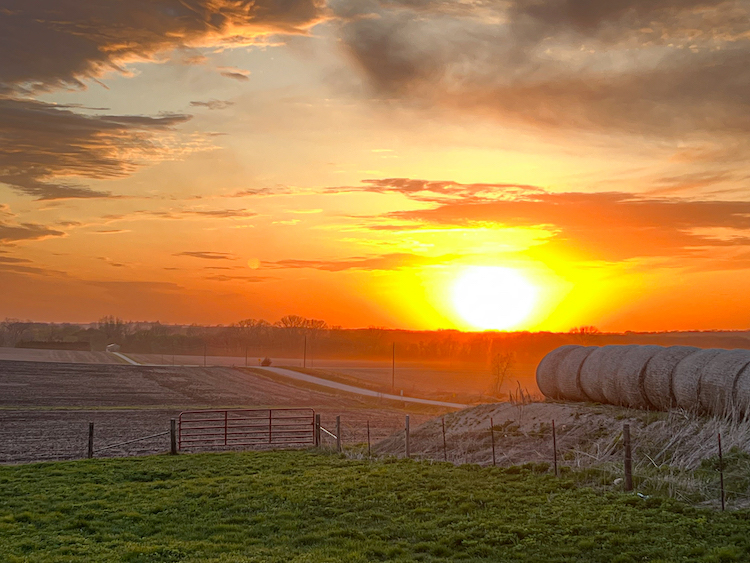
With spring upon us, everyone is moving at a heightened speed to get each field prepped and planted. With that comes an all-hands-on-deck situation and quick communication as everyone involved moves from field to field.
Driving down a one-mile stretch of our gravel road these days will reveal an assortment of tractor colors, equipment sizes, farming practices, and levels of progress as you pass each field — not to mention the increase in machinery, all-terrain vehicles, and automobile traffic as seed is transported, meals are delivered, and co-op workers check off their lists with each field.

As I worked with my family to pick rock, work up, and plant each of our fields the last few weeks, I was reminded how comical the field names are among farmers. Names like “the 40” and “the scary place” are among a few of our more unique field names, though they’re common knowledge in our circle. Most of our field names — as many farmers can relate — are called by the last name of their previous owners (oftentimes, several owners removed). Even though one family owned the field 60 years ago, we still call that field by their last name. Apart from funny story-related nicknames, acreage amounts, and random last names, you might also come across fields named for their location in relation to something else. For instance, “the field by the parlor” or “the field across the creek” are a few that come to mind.
No matter what it’s called, it’s important to the flow of fieldwork that everyone involved knows which field is which. Confusion between fields could cause wasted time, frustration, or even mistakes. So, for those with hired help, it’s important to slow down and make sure each employee or helping hand understands where they’re heading at all times. Among family members, field names may be well-known after decades of farming each field, but clueing the newbies into the lingo is crucial despite the rush to make the most of those optimal fieldwork days.

The author dairy farms with her parents and brother near Hawkeye, Iowa. The family milks approximately 300 head of grade Holstein cows at Windsor Valley Dairy LLC — split half and half between a double-eight parallel milking parlor and four robotic milking units. In the spring of 2020, Molly decided to take a leap and fully embrace her love for the industry by returning full time to her family’s dairy.